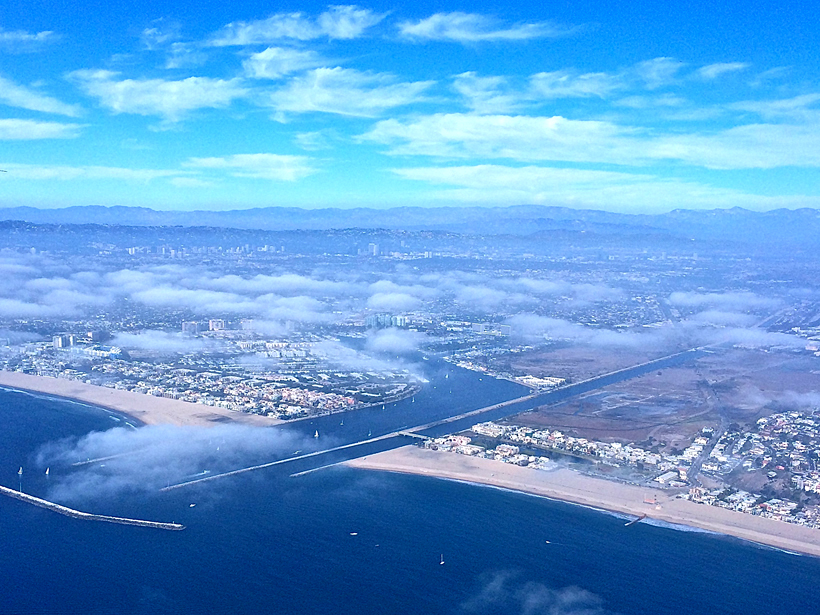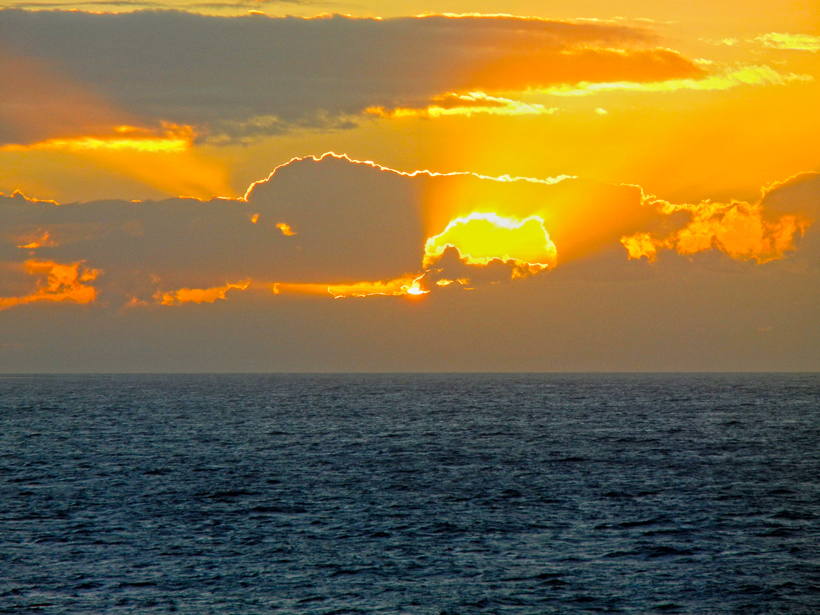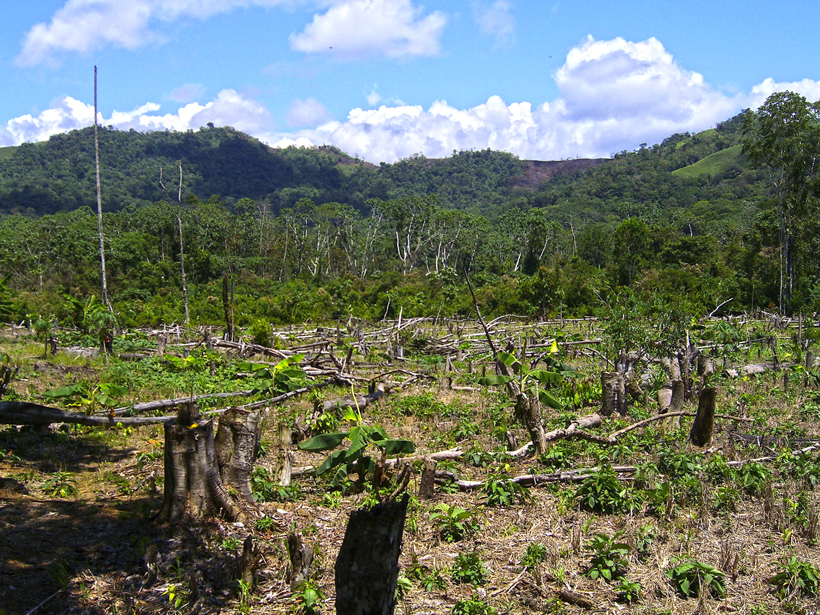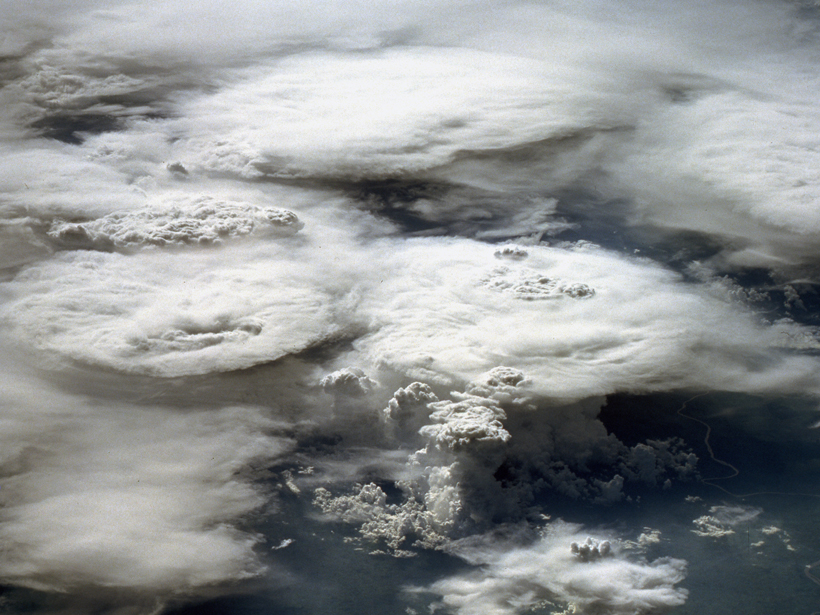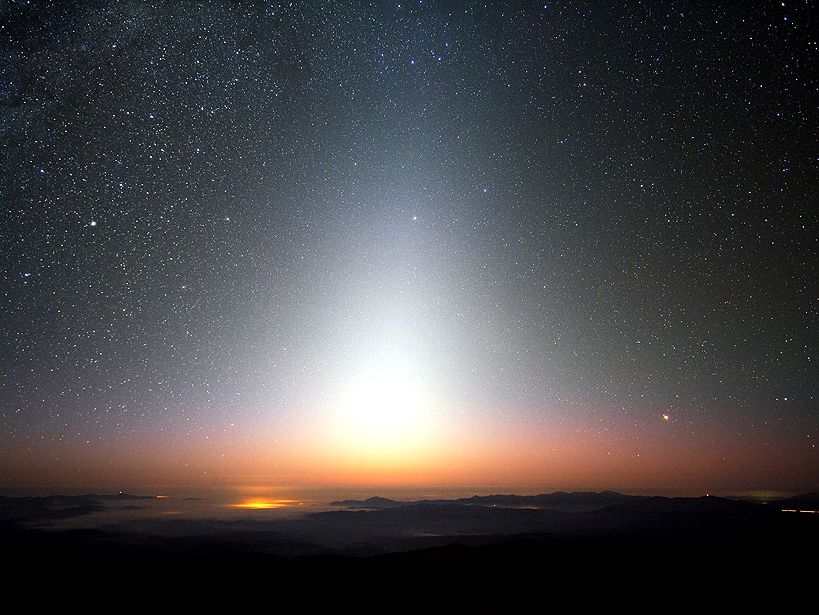Since the mid-20th century, increased urbanization along the southern California coast has raised nighttime temperatures, resulting in less morning fog and cloud cover.
clouds
Dispelling Clouds of Uncertainty
How do you build a climate model that accounts for cloud physics and the transitions between cloud regimes? Use MAGIC.
Could Amazonian Deforestation Increase Cloudiness and Rain?
In trading trees for pastures, patchwork differences in vegetation heights increase cloudiness in downwind regions.
Researchers Roll Clouds into Climate Modeling
As computational power grows thanks to improving techniques and technology, scientists are working toward incorporating complex systems such as clouds into global and regional climate models.
Precooled Aerosols Are Better Raindrop Nuclei
Cooling inorganic and organic aqueous solutions makes the particles into more robust seeds of clouds.
Shooting Stars and Cosmic Dust Help Form Clouds, Fertilize Plankton
Tons of cosmic dust enter Earth’s atmosphere each day, triggering a range of phenomena that scientists are only just beginning to understand.
Coastal Fog, Climate Change, and the Environment
To climate scientists, marine fog's physical opacity symbolizes how much remains to be discovered about the atmospheric phenomenon.
Proposed Satellite Would Improve Study of Cloud Physics
Researchers propose a new satellite that would help scientists study how cloud physics is affected by aerosols.

